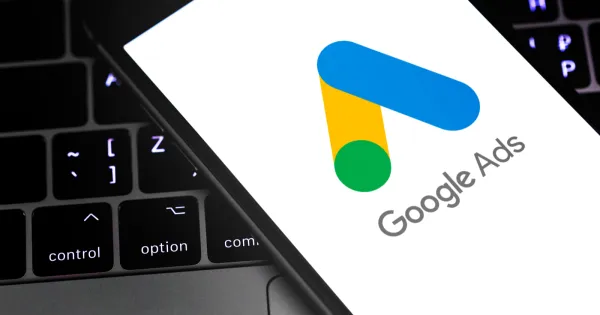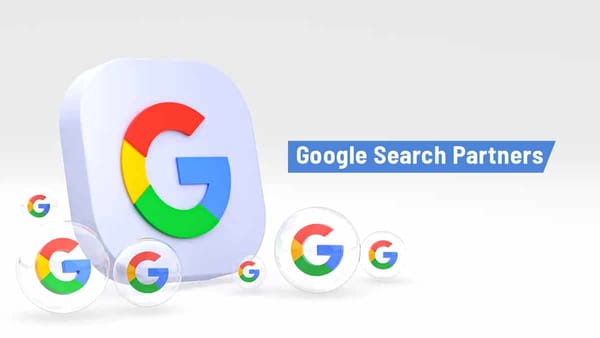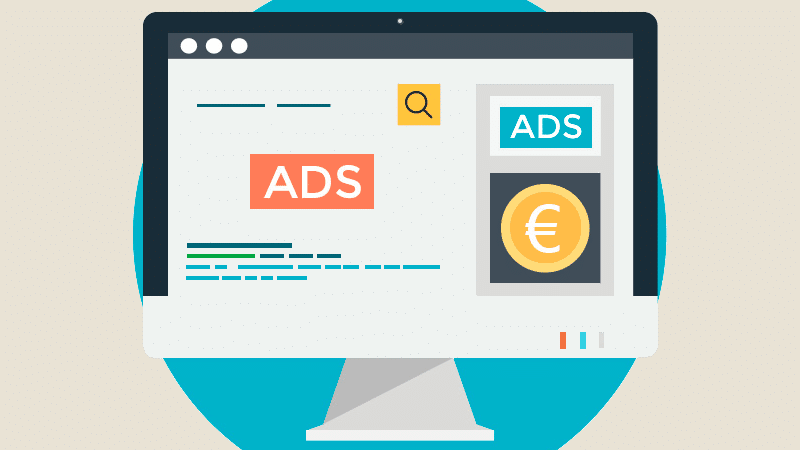SEO or Google Ads: Which One is Right for Your Business?

Introduction
In the digital marketing landscape, businesses often face a common dilemma: should they focus on SEO (Search Engine Optimization) or invest in Google Ads? Both strategies have their unique benefits and play crucial roles in driving traffic and generating leads. However, choosing between them depends on your business goals, budget, and timeline.
This article will explore the differences between SEO and Google Ads, their respective advantages, and when to use each strategy to maximize your marketing efforts.
1. Understanding SEO
Search Engine Optimization (SEO) is the process of optimizing your website to rank higher in organic search engine results. It involves creating high-quality content, improving site usability, and building backlinks to enhance visibility.
Key features of SEO include:
- Organic Traffic: SEO focuses on attracting unpaid, natural visitors to your website.
- Long-Term Results: Once established, SEO rankings can provide consistent traffic for months or even years.
- Content-Driven: High-quality content tailored to user intent is at the heart of SEO.
2. Understanding Google Ads
Google Ads, also known as Pay-Per-Click (PPC) advertising, allows businesses to display paid ads on search engine results pages (SERPs). These ads appear above organic results and are marked as “Sponsored.”
Key features of Google Ads include:
- Immediate Results: Ads start driving traffic as soon as the campaign is launched.
- Cost Per Click: Advertisers pay only when a user clicks on their ad.
- Custom Targeting: Google Ads offers precise targeting options, including location, keywords, demographics, and device types.
3. SEO vs. Google Ads: A Comparison
a. Cost
- SEO: Requires an investment of time and resources in content creation, technical optimization, and link building. Once optimized, it doesn’t require ongoing payments for traffic.
- Google Ads: Works on a pay-per-click model, meaning you pay for every visitor. The cost can add up quickly, especially for competitive keywords.
b. Timeframe
- SEO: Takes time to show results, often requiring weeks or months to achieve significant rankings.
- Google Ads: Delivers immediate visibility and traffic, making it ideal for short-term campaigns.
c. Sustainability
- SEO: Provides long-term benefits as optimized pages continue to attract traffic without additional costs.
- Google Ads: Stops delivering traffic once the budget is exhausted.
d. Credibility
- SEO: Organic results are perceived as more trustworthy by users.
- Google Ads: Ads are marked as sponsored, which may affect their credibility for some users.
4. Benefits of SEO
- Cost-Effective in the Long Run: After the initial investment, organic traffic from SEO is free.
- Builds Brand Authority: Ranking on the first page of search results establishes credibility and trust.
- Sustainable Traffic: SEO ensures consistent traffic over time, even if you reduce your marketing budget.
- Improves User Experience: SEO efforts, such as improving site speed and mobile-friendliness, enhance overall user satisfaction.
5. Benefits of Google Ads
- Quick Results: Ideal for businesses that need immediate visibility, such as during product launches or seasonal promotions.
- Precise Targeting: Allows you to reach specific audiences based on demographics, interests, and behavior.
- Flexibility: Campaigns can be adjusted in real time to optimize performance.
- Measurable ROI: Detailed analytics help track the success of your campaigns.
6. When to Choose SEO
- Long-Term Goals: If your goal is to build sustainable traffic and establish a strong online presence, SEO is the way to go.
- Limited Budget: For businesses that can’t afford ongoing ad expenses, SEO offers a cost-effective solution.
- Content Marketing Focus: If your strategy revolves around providing valuable content, SEO complements this approach.
Example: A small business selling handmade jewelry can use SEO to target keywords like “affordable handmade jewelry” and attract organic traffic over time.
7. When to Choose Google Ads
- Immediate Visibility: If you’re launching a new product or running a time-sensitive promotion, Google Ads ensures instant results.
- Highly Competitive Niches: For industries where organic rankings are hard to achieve, paid ads provide a competitive edge.
- Testing Keywords: Google Ads allows you to test different keywords before committing to an SEO strategy.
Example: A travel agency offering discounted holiday packages can use Google Ads to target keywords like “cheap holiday deals” during peak seasons.
8. Combining SEO and Google Ads
For the best results, businesses can integrate SEO and Google Ads into a comprehensive marketing strategy. Here’s how they complement each other:
- Keyword Insights: Use data from Google Ads campaigns to identify high-performing keywords for SEO.
- Immediate and Long-Term Results: While SEO builds sustainable traffic, Google Ads provides instant visibility.
- Retargeting: Use Google Ads to retarget visitors who discovered your website through organic search but didn’t convert.
This dual approach ensures you capitalize on both short-term opportunities and long-term growth.
Conclusion
Choosing between SEO and Google Ads depends on your business needs and goals. If you’re looking for sustainable growth and cost-effective traffic, SEO is the ideal choice. On the other hand, Google Ads is perfect for businesses that need immediate visibility and have the budget for paid campaigns.
For most businesses, a combination of SEO and Google Ads delivers the best results, balancing short-term gains with long-term success. By leveraging the strengths of both strategies, you can maximize your online presence and achieve your marketing objectives.




